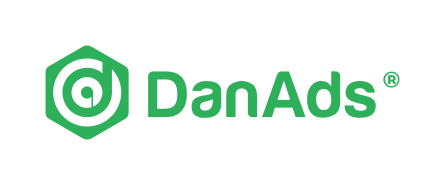Programmatic advertising (the automation of buying and selling online advertising) has been a staple for modern marketers for many years and it’s easy to see why. The ability for media buyers to use software to purchase advertising has revolutionized the digital advertising space, removing the need for traditional manual processes such as requests for proposals, tenders, quotes, and, most notably, human negotiation.
Lack of transparency and control is killing programmatic
Traditional programmatic advertising, or managed service programmatic advertising as it’s sometimes referred to, has allowed advertisers to adopt a set and forget attitude. However, despite bringing a new level of ease and automation for companies of any size looking to advertise their businesses, it is also regularly criticized for its lack of transparency. With managed service programmatic advertising, a large proportion of revenue made by the publisher often ends up being siphoned-off to intermediaries in the supply chain, such as third-party media agencies and trading desks, with whom the publisher has little to no involvement. This lack of control and transparency creates inefficiencies in the supply chain and significantly weakens the buying power of the advertiser as well as the profitability of the publisher.
From an advertiser’s perspective, the programmatic model is generally less favourable as it does not allow businesses to know for certain where their ad will end up, or what type of content it will be displayed next to. This has stirred a quite intense debate regarding brand safety within digital advertising over the past year, and the general view is that it is an intrinsically flawed ecosystem that needs to change in order to secure a sustainable future for online advertising.
So what’s the next big evolution going to be for Publishers and Advertisers?
The advance of automated self-serve advertising cannot be stopped. Advertisers love Google Ads self-serve model and Publishers have looked with envy as it has come to dominate online ad spends. But now we see a huge growth in Publishers creating their own branded self-serve advertising platforms, which offer full transparency and control to both publishers and advertisers, giving them a brighter future away from a reliance on programmatic.
I’ve elaborated on how self-service advertising democratizes a non-transparent and closed-off supply chain in this short video:
Leading travel business meets leading self-serve provider
DanAds is the world’s leading provider of self-serve advertising technology, working with traditional print and digital publishers – Hearst Magazines, Mail Metro Media and Bloomberg, as well as some of the largest UGC (user-generated content) platforms -Tripadvisor, SoundCloud and Roku. DanAds enables businesses to run self-serve advertising campaigns in print, online, video, radio, and, as a result of a recent integration with MatchCraft, social media, too.
Case Study – Tripadvisor Media Manager
An excellent example of where DanAds’ self-serve technology has been successful in adding value for advertisers is with Tripadvisor, the world’s largest travel platform, which launched Tripadvisor Media Manager powered by DanAds in 2019.
Tripadvisor has a host of great sales benefits for advertisers. However, the main added value proposition lies in its ability for advertisers to be seen in front of consumers while they are in the process of planning and buying their trip through the website. As a result, its self-serve platform was built to reflect this.
DanAds was able to build a bespoke self-serve platform with granular targeting in mind, enabling advertisers to target, and retarget the Tripadvisor audience by destination, behavioral metrics, or countries, something entirely unique to the platform. By making this a major visual component of the platform, and a feature that appears early in the booking process, it has helped reinforce this added value proposition to the advertiser and has enabled them to implement and run effective campaigns specifically targeted at Tripadvisor’s unique audience.
Interested in learning more about Tripadvisor Media Manager and other self-serve platforms accessible for SME’s? Check out our top 5 list with alternatives to Facebook and Google.
Problem/Solution
Programmatic was seen to be the solution for resource strapped publishers and cost conscious advertisers. But now it is starting to be part of the problem:
If you are an advertiser looking to optimise your ad campaigns by better controlling the quality of the audience you are targeting and the brand environment your ads are seen in, then programmatic is not going to be the solution for you.
If you are a publisher looking to generate greater ad revenue from SMB advertisers whilst keeping control of the clients and the ad spend, then programmatic is not going to be the solution for you either.
Both Advertisers and Publishers now need to look to the next evolution – self-serve advertising – to solve programmatic’s problems
Sounds interesting?
If you want to know more on how to implement self-serve in your business, we will be very happy to chat with you.
Andrew Dempsey
MD, DanAds UK






